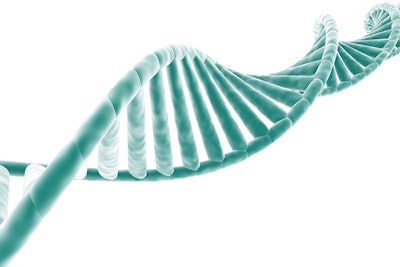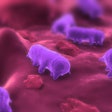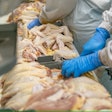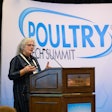
A new method of whole genome sequencing that can identify salmonella serotypes in less than eight hours could help food safety experts quickly pinpoint the source of and respond to bacterial contamination.
The discovery, made by researchers at Cornel University, the Mars Global Food Safety Center in Beijing and the University of Georgia, was published in the journal Food Microbiology.
More than 48 million Americans get sick from a foodborne illness each year and 3,000 people die as a result, the Center for Disease Control and Prevention (CDC) estimates. Poultry meat that is contaminated with salmonella or other pathogens, chemicals or toxins is the underlying cause of 19% of deaths attributed to foodborne illnesses.
Conventional serotyping methods can take three to twelve days to assign a classification when salmonella is found in foods like fruits, vegetables, nuts and meat. Because of long turnaround times, high costs and complex sample preparations, some experts have called for new methods to improve food safety.
“This work will significantly reduce the time it takes determine what serotype a given Salmonella isolate is. Determining serotypes is important as it provides for initial subtyping and may sometimes reveal a likely contamination source (as some Salmonella serotypes are associated with specific sources),” Martin Wiedmann, food safety professor and a Cornell Institute for Food Systems faculty fellow, said.
Enter whole genome sequencing
Whole genome sequencing offers scientists a way to precisely match bacterial strains to contaminated food products. It requires simple equipment, making it easier for poultry processors to locate a nearby laboratory to test samples.
“Whole genome sequencing allows one to determine the complete genome sequence of an organism, which in turn allows one to identify the different genes a given organism carries. Consequently, this allows one to then determine whether a given organism has the genes that allow it to cause disease, be resistant to antibiotics, make it a given serotype, etc.,” Weidmann explained.
In the study, whole genome sequencing accurately predicted – to the serotype level – all 38 strains of the bacteria.
Like what you just read? Sign up now for free to receive the Poultry Future Newsletter.
















